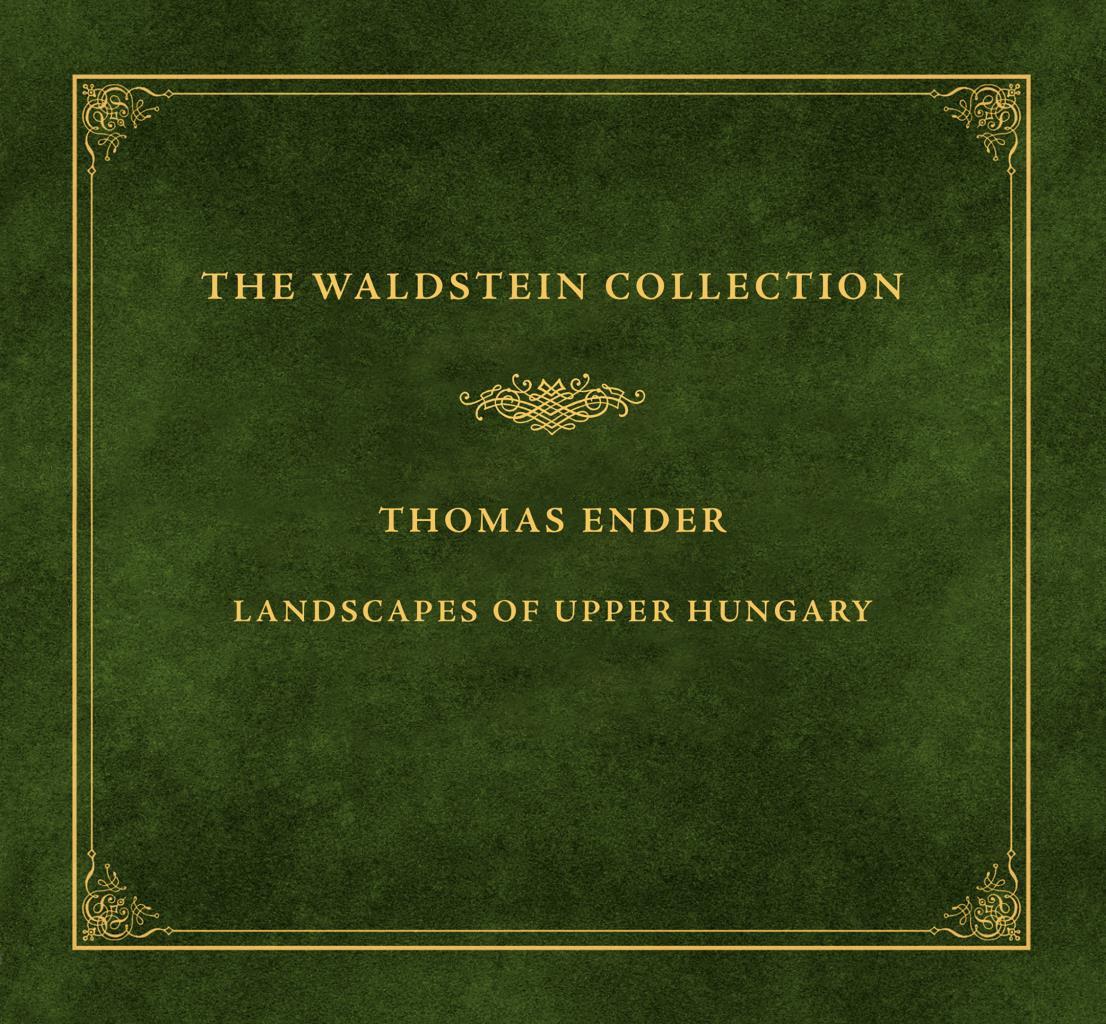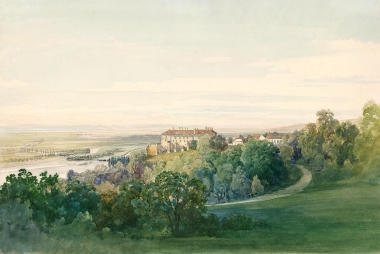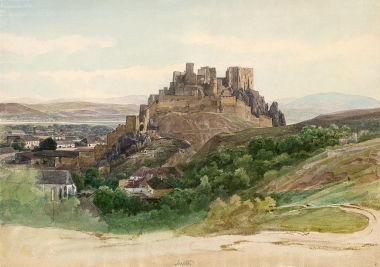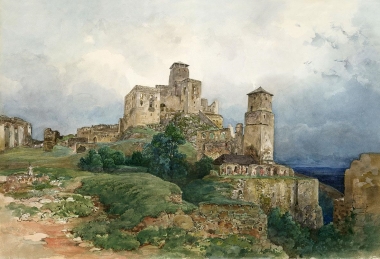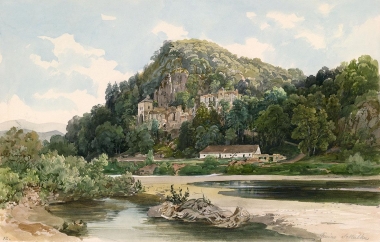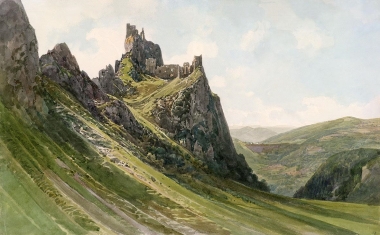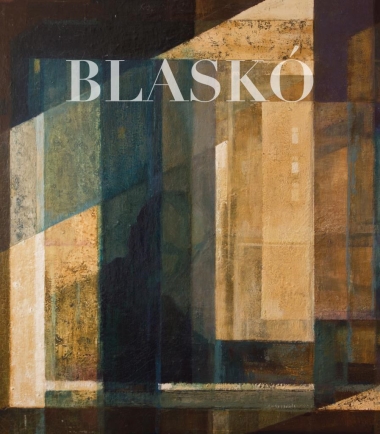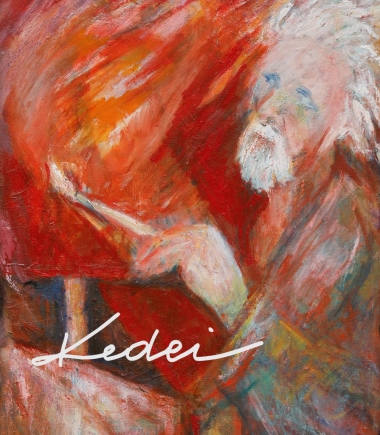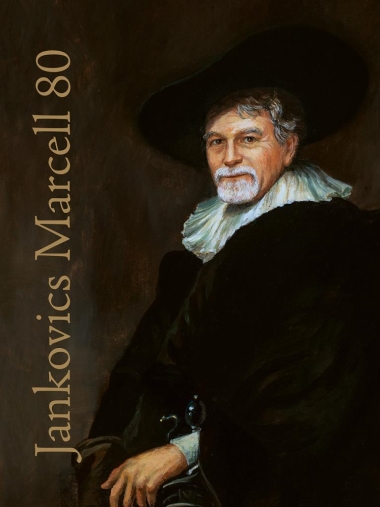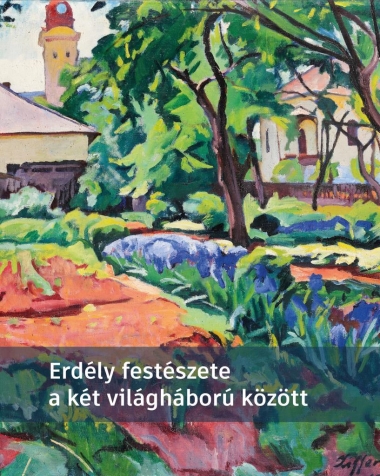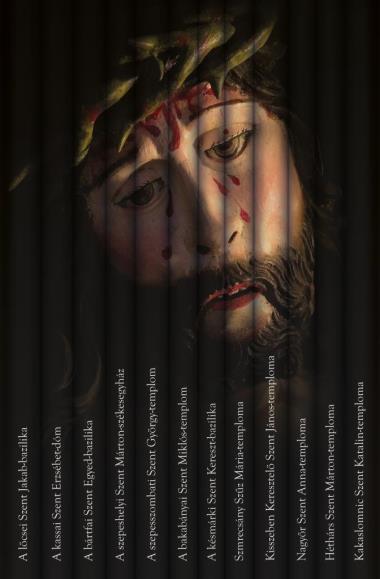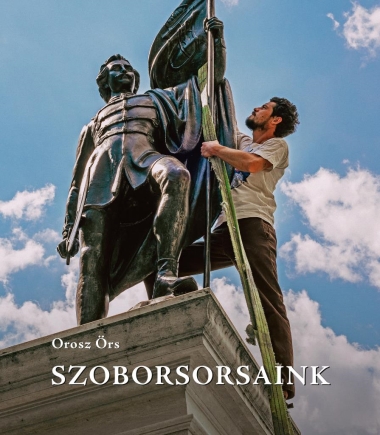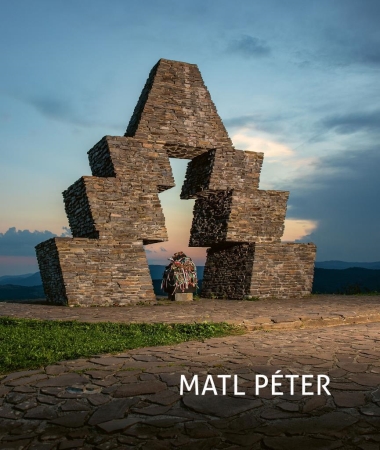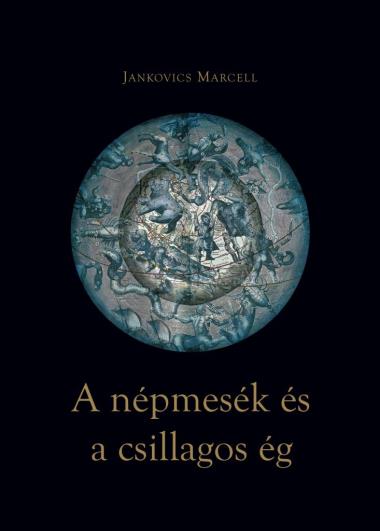He played a dominant and fascinating role in his time: he was not only an active politician and a friend of István Széchenyi (1791–1860, the greatest statesman of Hungary), he was also well-known for his love of arts and sports, and finally for his frequent (and usually victorious) duels. These duels served as an inspiration for Mór Jókai’s (a famous Hungarian writer of epics) Dabroni, a character in his masterpiece entitled Kárpáthy Zoltán. Thomas Ender was an outstanding Austrian artist in the 19th century who travelled Europe, and his watercolours captured – with pin-point accuracy – the beauties of the natural and built environment created by God and by man.
These two people met by virtue of and thanks to their admiration for the picturesque landscapes of Hungary and the Carpathian Basin, through divine providence. Ender’s career lasted for several decades during which he visited Hungary multiple times, but due to the orders he received there was no place in Europe he did not visit. One does not have to guess the deep impression that the beauty of the Hungarian landscapes had on him, if, as an elderly artist, he returned there accompanying his son. He did this only to paint his collection of 220 watercolours depicting the landscapes along the railways being laid down in Upper Hungary (known by Hungarians as the Felvidék, today part of Slovakia). Most likely this is when he met the arts collector Waldstein, a Maecenas-like figure, who was also an investor in the railway construction and supremus comes (~count) of Ung county (formerly part of Upper Hungary). This how the watercolours “created out of self-diligence” were acquired by the count, who donated them to the Hungarian Academy of Sciences, where they were almost forgotten.
From the dawn of the new millennium these watercolours have once again become the centre of attention. This book not only contains photographs of these watercolours, but also a description of the sceneries and buildings of Upper Hungary. Therefore you can get to know the region, two extraordinary people, and how they saw Hungary in the 19th century.
Prof. Dr. Miklós Kásler
Minister
Ministry of Human Resources, Hungary
